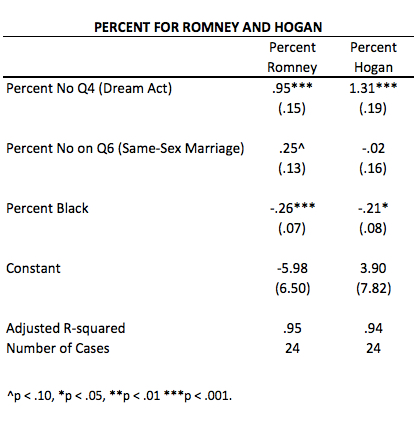My guess is that Trump is merely trolling Mitt Romney and Nikki Haley by meeting with them in the wake of the election. He enjoys the spectacle of them coming to kiss his ring but is way too narcissistic to appoint anyone who has been critical of him.
Having said that, Mitt Romney would be a fine choice for Secretary of State. I support Romney not in spite of his being a conservative but because he is one.
Romney views NATO as a critical part of American defense and articulated ideas for revitalizing it during the 2012 campaign. Contrast Romney’s viewpoint with that of Trumpkin Newt Gingrich who said that Estonia is in the “suburbs of St. Petersburg” and not worth defending–a statement more than a little reminiscent of Neville Chamberlain’s infamous reference to Nazi aggression against Czechoslovakia as a “a quarrel in a faraway country between people of whom we know nothing.”
Romney labelled Russia as a “geopolitical foe” — a regretfully accurate description in the wake of Russian aggression in Ukraine and Syria. Romney has been willing to take on Trump over his coziness with Putin. This will be needed in light of Trump’s willingness to let Russia dictate American foreign policy (e.g. we can’t support the rebels in Syria because Russia wouldn’t like it) and his naming of Michael Flynn–an abrasive man with close business ties to the Russians–as National Security Advisor.
Romney favors free trade:
The economic rise of China and other countries across Asia poses a different type of challenge. China and the rest of Asia are on the move economically and technologically. They are a family-oriented, educated, hardworking, and mercantile people. Trade and commerce with these huge new economies can further strengthen our economy and propel our growth. If America fails to act, we will be eclipsed. We have to keep our markets open or we go the way of Russia and the Soviet Union, which is a collapse. And I recognize there are some people who will argue for protectionism because the short-term benefits sound pretty good, but long term you kill your economy, you kill the future.
This doesn’t mean that Romney supports unfair trading practices on the parts of our partners. But it does mean that he recognizes that trade is critical to American economic success and an important part of our future–a welcome approach in an era when this has gone out of style in both major parties.
In short, Romney’s basic approach resembles that far more of Hillary Clinton than Donald Trump. He would be a welcome sign of calm as the election results have created deep concern among our key allies and partners around the world.




